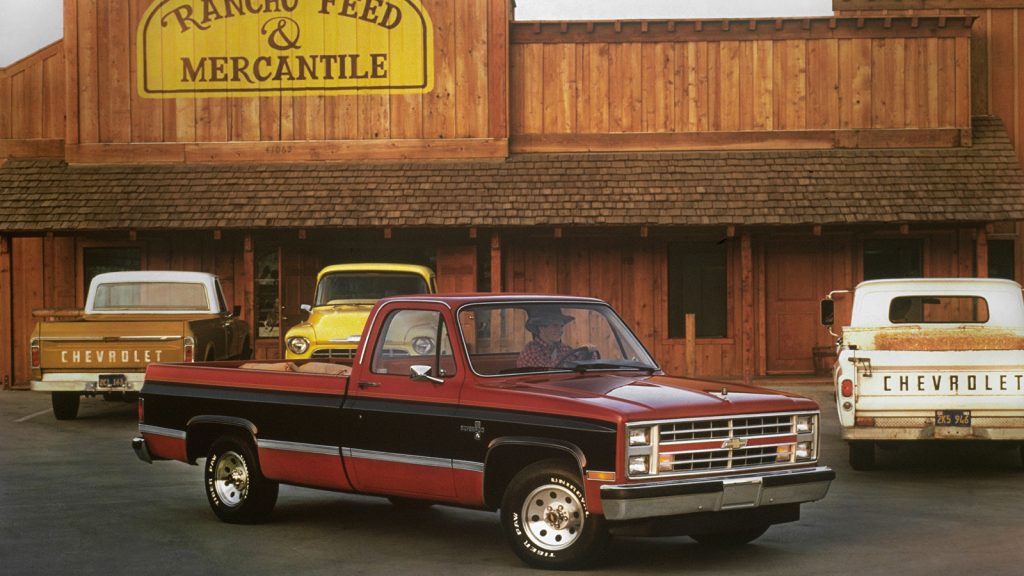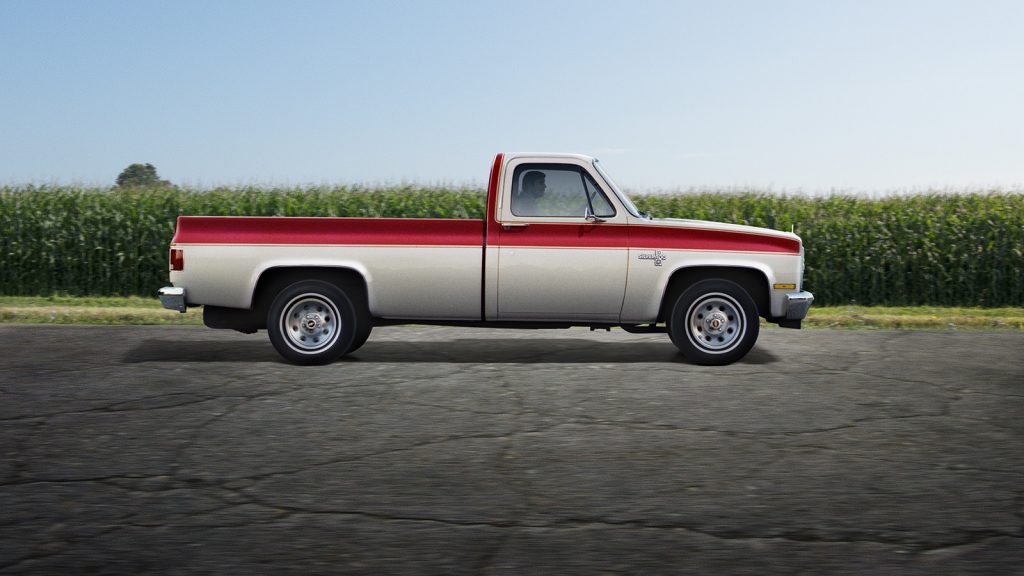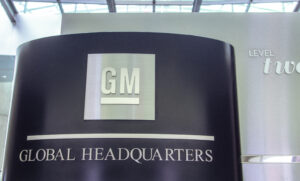Chevrolet Could Profit Big With a New-Generation Square Body

Despite being retired for three decades, you’ll hear square body fans enthusiastically voice their support about reviving the rig. If GM surprised us with a new model that debuted tomorrow, it’d be the hottest thing since sliced bread and would easily compete with anything built today, potentially surpassing F-150 sales. We know those are fighting words, but even blue oval fans can’t deny the allure of an old Chevy square body.
The square body had an incredible run from 1973 to 1987, but as a fan favorite, resurrecting that style would likely be more popular than Ford bringing back the Bronco, right? Well, that depends on who you ask and if they did it right. What we can tell you is that square bodies enjoyed a great run, but that doesn’t mean our love for these historic trucks will fade because of the direction manufacturers decided to go.
The First Square Bodies
It all started in 1973 when General Motors began its long run of building the beloved trucks we know as “square bodies.” During that year, Chevy decided to make some significant changes on their C/K Series trucks, resulting in a style embraced by all truck lovers. Whether you have a Ford or Dodge background, it was hard to deny the allure of this new style.
The square body was a new and distinct look over models from the previous six years. In the beginning, it was hard to predict the truck would become a trendsetter, but even today, it’s a hot commodity in the market. It doesn’t take a rocket scientist to understand why it’s referred to as a square body, which is because of its box-like shape. However, when it debuted, they were introduced as the “rounded-line” generation. Chevrolet assigned this name because of the round windows, windshield, and door frames.
These trucks offered a cleaner and more distinct look because of their squared-off panels. The larger glass areas with curved side windows offered more visibility from the cab, and the new grille provided a wider stance that gave the rig an appearance with purpose. You knew its capability just by looking at it. It screamed durability, captivating a potential owner and leading to a sale. It was a winner, and still is today.
Chevrolet hit it out of the park with the square body, even if they weren’t aware of it at the time. They were the first-ever to be designed with computer simulations and wind tunnels, and buyers were graced with a variety of engine options. Engineers also worked to make the cabin design more comfortable while adding legroom, climate controls, and a four-door crew cab option, which was available in the C30 One-Ton Dually, capable of seating six people.
With the many engines available to power these monster trucks, Chevrolet exceeded what the competition could offer.
Nothing Compares to the Classic Look

Nothing compares to the classic square body look. Today’s trucks fulfill various obligations for working people and lifestyle buyers who may never touch dirt in their rig. Today’s pickups are capable of doing more, driving further, and doing so more comfortably than ever before.
Before we show too much love to the modern era, let’s not forget that, despite their advantages, the rugged look of yesterday hasn’t come through today. We could go as far as saying trucks today are ugly, but we won’t because they aren’t. Some people like IPA’s, some people like pilsners; it doesn’t mean anyone is wrong, it just means we have different preferences.
It is fair to say that modern trucks have ditched their lean proportion and clean lines for an awkward, bulky, and rounded look. If Chevy were to revive the square body, they could instantly distinguish themselves from the rest of the crowd and would easily sell out before they formally announced sales. Could you imagine? We’d be in line, that’s for sure.
The Square Body Was Inexpensive – Even by Today’s Standards
By 1975, you could pick up a C10 for around $3,600, equating to $17,500 in today’s dollars. While the trucks of yesterday didn’t boast a comfortable interior like trucks of today, the prices were a lot more affordable than even the cheapest model today. A half-ton from Chevrolet today will run you anywhere from $30,000 to $60,000, showing you how much prices have shot up over the years.
Unfortunately, this leaves a lot of people out of Chevy trucks and resurrecting the square body could help Chevy open to a new truck market. In the past, Chevrolet was an affordable option for the working men and women who needed reliable and simple trucks, leaving a huge gap that Chevrolet could fill by considering this.
The Reason the Square Body Will Stay Retired
Of course, we like to see new iterations of vehicles, but there are many reasons manufacturers will point to about why they want to leave the past, well, in the past. As industry standards continue to change and fuel prices skyrocket, recreating the square body isn’t as simple as, well, recreating it. Trucks today, as ugly as you might think they are, look this way to maximize their fuel economy. Reshaping the exterior is much simpler and cheaper than redesigning an engine.
The growing truck market should be enough to overcome some of these obstacles. However, with the new fuel economy standards auto manufacturers face, it shouldn’t come as a huge surprise why Chevrolet ditched the angular look of their square body and opted for a more rounded one. Another thing to consider is the cost associated with a revival. One reason the square body wasn’t expensive is that nothing went into them.
Car and truck buyers today expect too much. These consumers expect their “budget” vehicle to come standard with comfortable seats, computers, and sensors that monitor the engine. These safety features didn’t exist when the square body was built, meaning cost and weight will increase. Even a base model would be rounder, heavier, and cost more than before.
We hope we’re wrong and that Chevrolet has a revival in the works for our beloved square body. Either way, the auto brand built a lot of them. They can still be found, but they won’t provide you with the creature comforts modern vehicles possess. Either way, we’re still opting for a classic.









